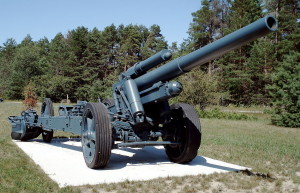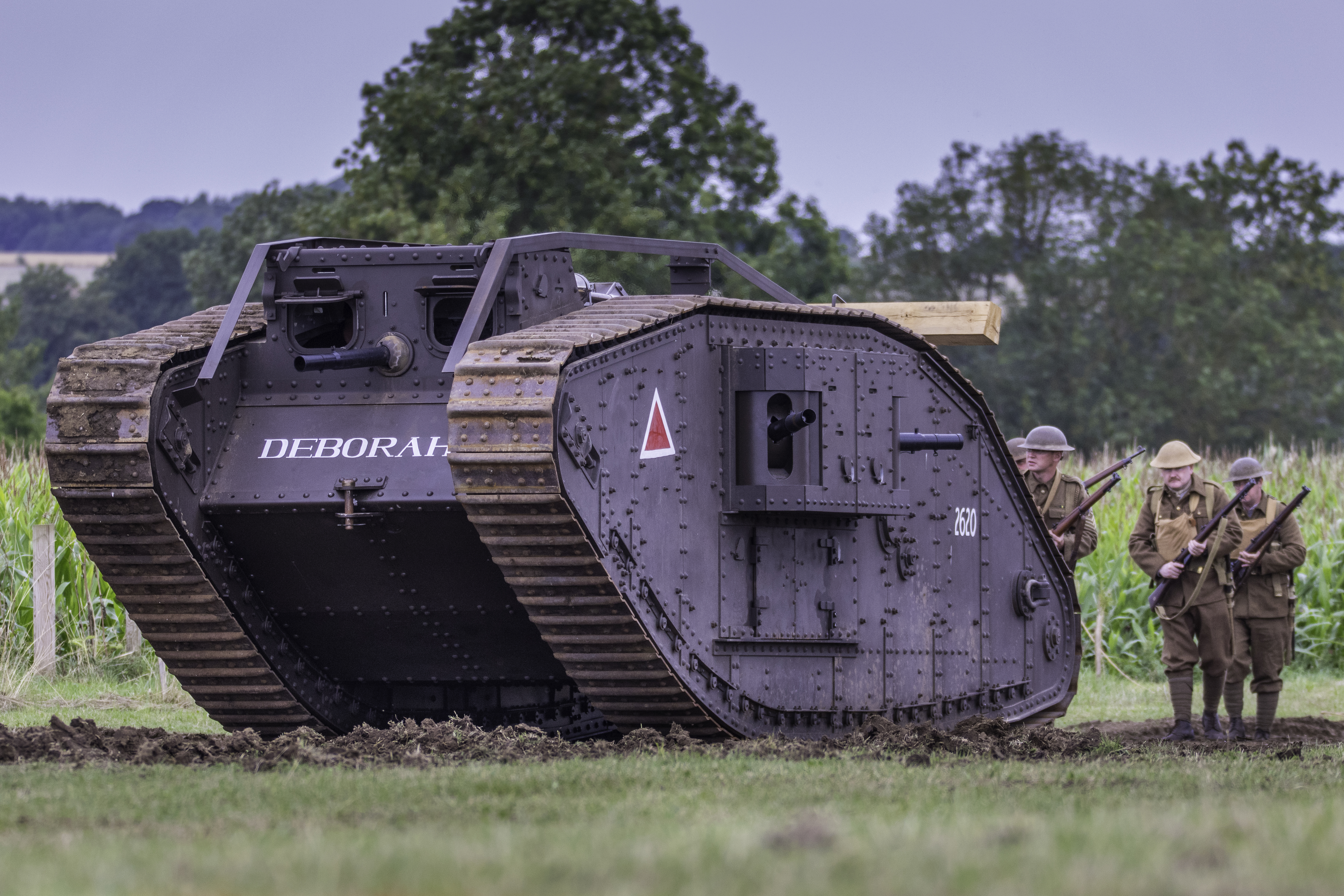German sFH 18, 150 mm Howitzer
The 15 cm schwere Feldhaubitze 18 or sFH 18 (German: “heavy field howitzer, model 18″), nicknamed Immergrün (“Evergreen”), was the basic German division-level heavy howitzer during the Second World War, serving alongside the smaller but more numerous 10.5 cm leFH 18. It was based on the earlier, First World War-era design of the 15 cm sFH 13.
Built in the early 1930’s by Adolf Hitler, shortly after coming to power, as part of a secret re-arming program designed to undermine the terms of the Treaty of Versailles, which forbade Germany to rearm. These weapons where disguised to look like the First World War Artillery pieces Germany had been allowed to keep and whilst incorporating all the modern improvements over those weapons it was generally outdated compared to the weapons it faced. It was, however, the first artillery piece equipped with rocket-assisted ammunition to increase range.
The sFH 18 was one of Germany’s three main 15 cm calibre weapons, the others being the 15 cm Kanone 18, a corps-level heavy gun, and the 15 cm sIG 33, a short-barrelled infantry gun.
The Norfolk Tank Museum has two examples of this artillery piece awaiting refurbishment and both show evidence of Russian modification, in particular the addition of a muzzle break, suggesting perhaps, that they were captured weapons from Hitler’s disastrous operations on the Eastern Front.












